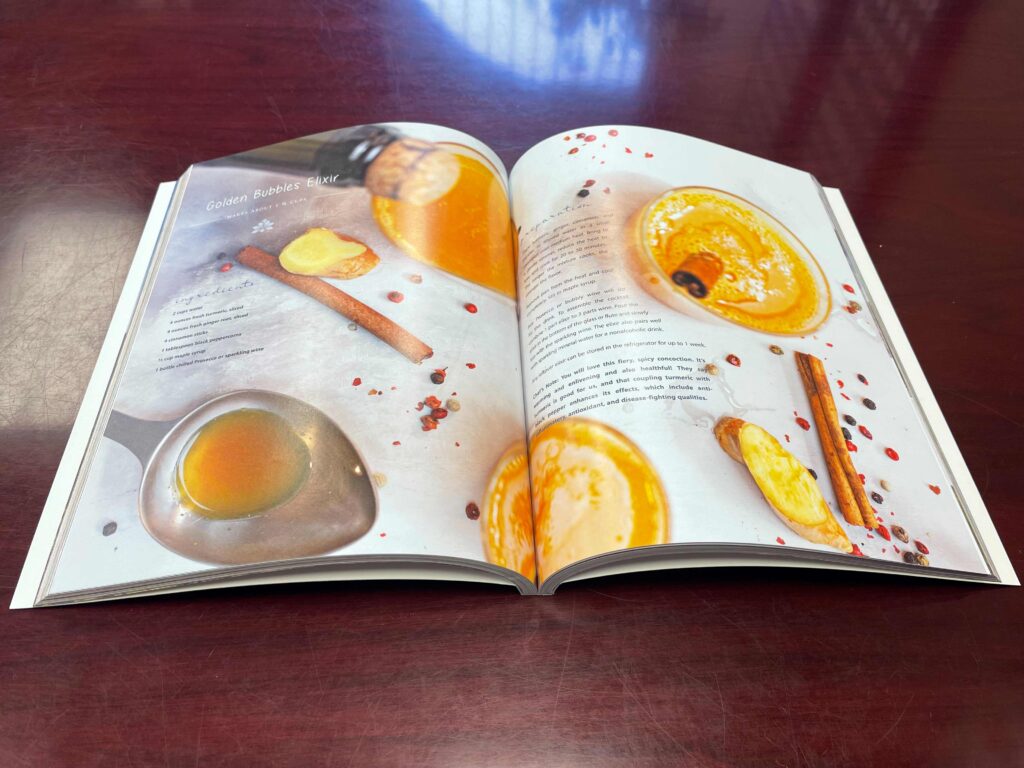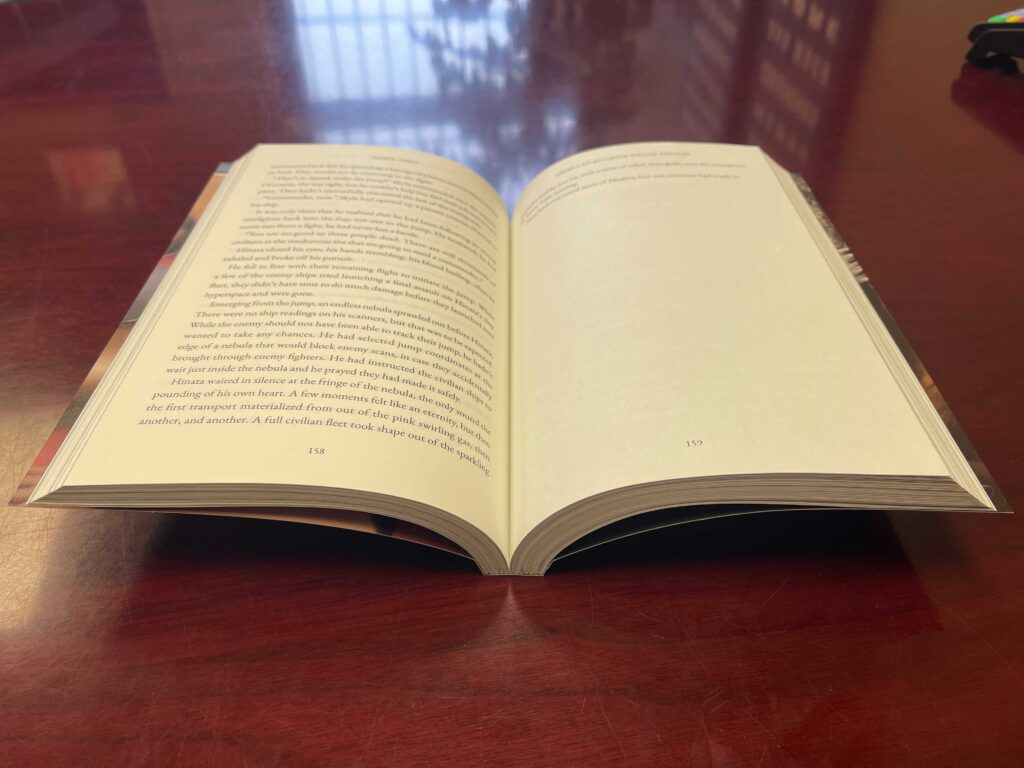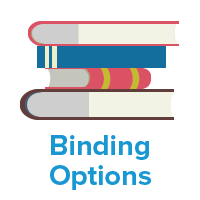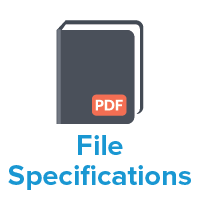Softcover books are a popular and affordable option for authors, publishers, and readers alike. Whether you’re holding a paperback novel, a textbook, or a journal, softcover books are widely appreciated for their lightweight design and cost-effectiveness. However, what many may not realize is that not all softcover books are made equal. The way these books are bound can greatly affect their durability, flexibility, and overall quality. In this post, we’ll explore the different types of softcover book bindings: EVA glue bound, PUR glue bound, and section-sewn.
Glue Bound (Perfect Binding)
Glue bound or perfect binding is the most common binding method for paperback books. It involves the use of a strong adhesive called EVA glue to bind the book’s pages together along the spine, with the cover being wrapped around the edges.
How It Works:
- The pages are stacked and aligned.
- EVA glue is applied to the spine of the pages.
- The cover is then wrapped around the book block and glued to the spine.
Pros:
- Cost-effective: This is the least expensive option, making it a popular choice for mass-market paperbacks, especially for books that are printed in large quantities.
- Quick production: The process is faster than other methods, allowing more books to be produced in a shorter time frame.
- Versatile: Ideal for books with a moderate page count (typically up to 400 pages).
Cons:
- Less durable: Over time, the glue can weaken, especially if the book is heavily used, leading to pages falling out.
- Limited flexibility: The binding can sometimes make it harder to open the book flat without damaging the spine.
PUR Glue Bound
PUR glue binding is a more advanced form of perfect binding that uses polyurethane reactive (PUR) adhesive. This type of glue is stronger and more durable than traditional hot-melt adhesives, which makes PUR-bound books more resilient.

How It Works:
- Like standard glue binding, the pages are stacked, and the spine is glued, but instead of standard hot-melt glue, PUR glue is used.
- The glue bonds with the paper fibers, creating a stronger and more flexible spine.
Pros:
- Superior durability: PUR glue is more flexible and resilient, making it ideal for books that are frequently opened or need to withstand heavy usage, such as cookbooks, photo books, and manuals.
- Stronger bond: The PUR adhesive creates a more robust bond with the paper, reducing the likelihood of pages falling out.
- Better longevity: Books bound with PUR glue are more likely to open and stay open without damaging the spine.
Cons:
- Higher cost: The use of PUR glue and the more complex production process makes this binding method more expensive than standard glue binding.
Section-Sewn Binding
Section-sewn binding is a more traditional and robust method where the book’s pages are sewn together in small groups, or sections, before being glued into the spine and covered. This method is often used for high-quality hardcover or softcover books that require added strength and durability.

How It Works:
- The book is divided into small sections.
- Each section is sewn together with thread to form a booklet.
- These sewn sections are then glued into the book’s cover.
Pros:
- Ultimate durability: This is the strongest binding method, often used for premium publications, such as art books, photography collections, or luxury editions.
- Long-lasting: The sewing provides extra security to the pages, which means there’s a significantly lower chance of pages falling out over time.
- Flexibility: Section-sewn books often have a more flexible spine, allowing them to open easily and lay flat without damage.
Cons:
- Higher cost: Due to the intricate process and the labor involved, section-sewn binding is more expensive than glue-bound options.
- Longer production time: The process of sewing each section and then binding them into the book takes more time than glue binding.
Which Softcover Binding Should You Choose?
The right binding method depends on the type of book you’re producing and your budget:
- If you’re publishing a low-cost mass-market book or something with a moderate page count, glue binding is often sufficient. It’s affordable, efficient, and works well for many types of paperback books.
- If you’re creating a high-quality, durable book that will be heavily used or need to last a long time, such as a cookbook, photo book, or manual, then PUR glue binding is the best choice. It’s more resilient and flexible, making it ideal for books that require extra strength.
- For premium books that demand exceptional durability, such as luxury editions, art books, or high-end photo books, section-sewn binding is the most reliable option. It provides maximum longevity and a refined, high-quality feel.
Conclusion
Understanding the different types of softcover book bindings—EVA glue bound, PUR glue bound, and section-sewn—will help you make an informed decision about how to bind your books. We offer many different binding options, whether you’re looking for an economical solution or a long-lasting, durable finish. Choosing the right binding method ensures your book will stand up to its intended use.







